The vibrant culture of India is preserved in its handlooms, with its long standing tradition of excellent craftsmanship. Indian artisans and craftsmanship is recognised nationally and internationally for their weaving, spinning, printing, embroidery and similar skills. Handloom being the second largest employer in rural India, it becomes crucial that the industry continues to be a sustainable and viable livelihood option. With men moving out to better paying jobs, the onus of sustaining the weaving value chain falls on women. At this stage, the industry needs institutions managed and owned by skilled women artisans. For all the past decades, women have been considered as the ‘invisible hands’ as they were not recognized for the magnitude of contribution they have made towards the sector. Even though not involved as weavers, a majority of women are engaged in various pre loom and post loom activities.
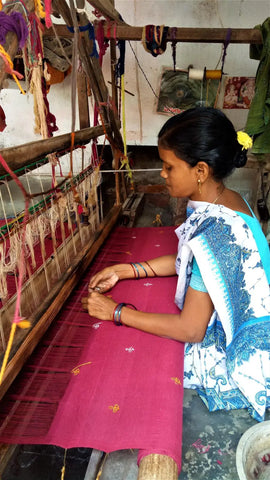
Chitrika is an ‘artisan-owned’ brand of the producer companies based in Hyderabad. With ‘collective gain’ as its core vision, CAPC stands for what women-led small artisan collectives can achieve ‘collectively’ while also enabling an equitable share across the value chain both for the craft community and its service providers as well as the consumer. This comes as a shift in the perspective from romanticizing the art of handlooms to viewing it as an economic activity providing livelihoods to weavers, spinners, dyers, and other allied workers.
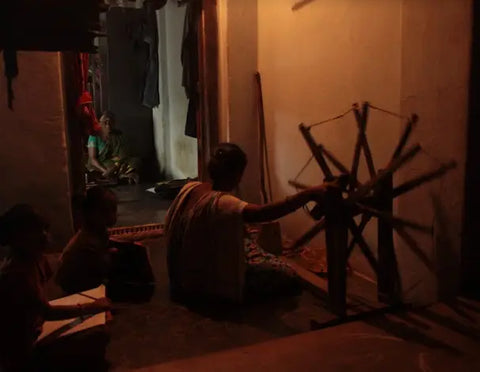
The Producer Company currently functions from business units across Andhra Pradesh and Telangana. The business units are mostly household based, where the members of the family are involved in the process of production in various ways. The first business unit was established in Srikakulam with merely 22 weavers. Today, with expansion to East Godavari and Narayanpet, the producer company stands strong with membership of more than 800 women weavers. With the vision of creating agency for women in the weaving value chain to enhance their livelihoods, the Producer Company has identified hurdles like lack of registered institutions managed by artisans, low access to technology, lack of artisan's exposure to changing market needs and market information.
Chitrika Artisans Producer Company is addressing this gap by establishing a strong value chain, helping women gain control over the entire value-chain, reimagining their role from being 'invisible hands' to 'hands that shape' the business and future of handlooms.
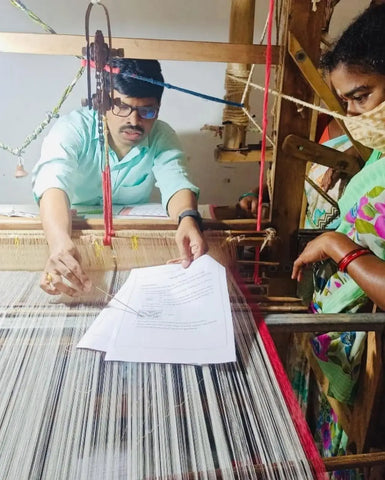
The core of CAPC's work lies in the fact that women are transitioning from their status of invisibility to owner-trustees of the Company, and will be future co-creators in the weaving value chain. So far, women did not receive an ecosystem at household and collective level to hone their skills in aspects of business. In CAPC, they are not merely beneficiaries of the business model but the net contributors in changing the future of the handlooms by creating women-led models. The key factors of change in this initiative are leadership, skilling and creating enabling ecosystems in the market space to ensure that economic benefits are reaching the women. This will help create agency for women across the value-chain and more importantly in the marketing channel, through the producer to consumer model.
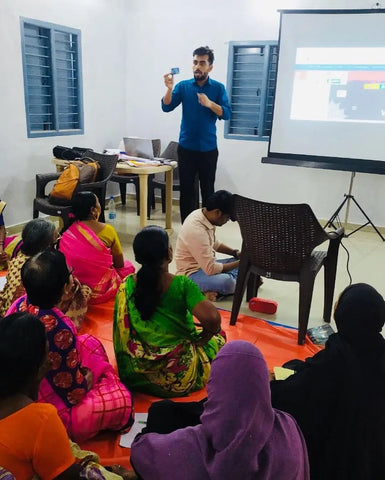
The majority of the workforce of the Company is youth from the community, rediscovering their interest in weaving and getting involved at various stages of the value chain. With the integration of technology and by venturing into the digital space, Chitrika has been able to re-ignite the pride of the community in regard to their art of weaving. By identifying and carving out a market for the range of products through wholesale and retail channels, the Producer Company is working towards creating a self-sustaining and a profit making enterprise providing the artisans economic and financial stability.
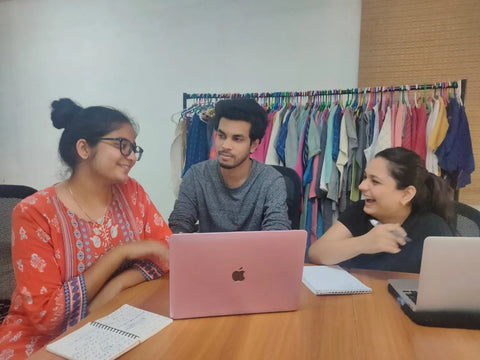
The Producer Company has carved a niche for itself by offering a unique set of non-handloom colors and fresh designs, perfect to fit into the contemporary setting, all the while keeping the traditional value intact. CAPC stands for an affordable, ‘zero-bleed’ range of vibrant colors and thoughtfully designed high-quality products The design team works with the artisans closely to achieve this. Chitrika's design philosophy is built to be inclusive and adaptable. Keeping this in mind, the team engages with all artisans to make optimum use of their existing skills or by introducing minimal training.While gently pushing the skill boundaries of the artisans, CAPC presents the traditional techniques and design repertoires through fresh interpretations in product lines that are representative of market aspirations. In recent years, the market of handloom products has seen a rise,as people are gradually getting more conscious about the products they consume and its impact on the environment. This has encouraged the customers to move from highly unsustainable fast fashion to slow/green fashion. This, added with the introduction of technology for repetitive production processes, is helping the Producer Company to scale up and to spread the benefits to a larger number of weavers.
The scaling up of the Company is backed with its unique skilling program, where artisans are trained in aspects of the value chain ranging from loom setup, quality checking, various weaving techniques and marketing.

CAPC in collaboration with Chitrika Foundation will launch a 9 month program, specifically designed to address the skill gap of women artisans to help them emerge as managers and leaders capable of handling the growing producer owned brand. The Company’s producer to consumer business model has helped take control of the channels and the entire value chain till it reaches the consumer. The producer to consumer model ensures that the benefits of the business growth reaches the artisans. The products are a mix of traditional weaving techniques unique to each cluster. With design intervention, we have been able to tweak the traditional techniques into our modern silhouettes without reducing the originality of the technique. The artisans are currently engaged with techniques like Buta, Kupaddam, Jamdani, Dobby, Ballakammi, etc.
Chitrika has transformed itself into one of the largest producer enterprises in Andhra Pradesh and Telangana in terms of turnover in a span of 16 years.
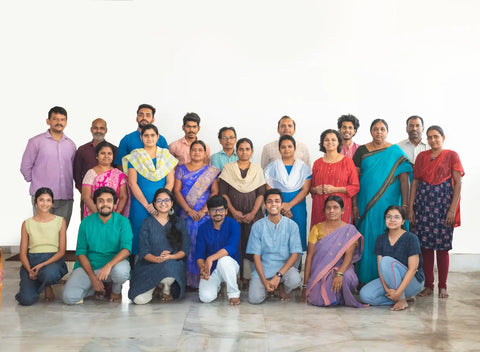
A “Chitrika” product is a labor of love and hard work put together by the weavers and their Company staff right from planning to its complete execution. In that sense, it is truly a ‘hand-heart-mind-crafted’ product!
Blogs you might also like:
The Art of Intricate Thread Work - Embroideries of India
Madhubani Paintings - A Brief Story of the Art
Sanganeri Chapai - The Ancient hand block printing Art
 Verified Purchase
Verified Purchase




























Leave a comment (all fields required)